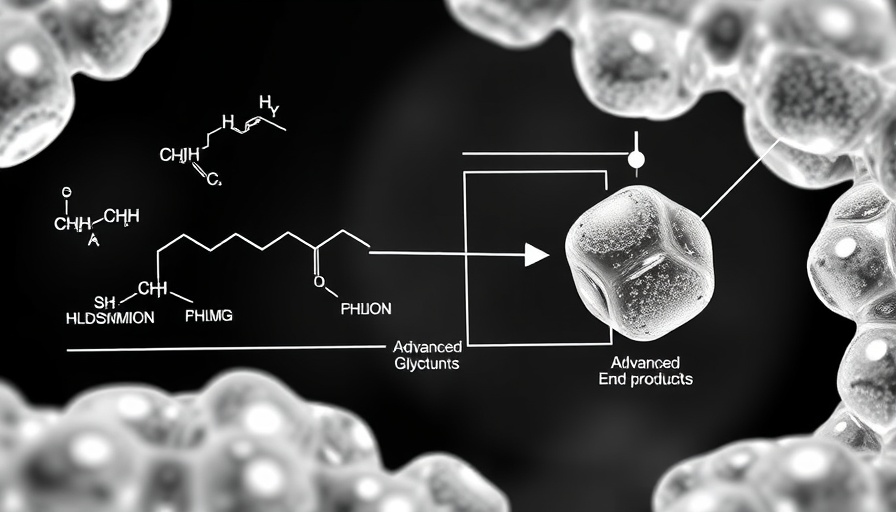
Unlocking Mitochondrial Potential: Mitochonic Acid 5's Role in Sperm Quality
Mitochonic Acid 5 (MA-5) has garnered interest in the field of reproductive biology, particularly in its role in enhancing boar sperm quality by mitigating mitochondrial dysfunction. Recent research demonstrates its capacity to elevate sperm motility and improve mitochondrial health, which is crucial in maintaining cellular function not just in animals but potentially in humans as well.
The Importance of Mitochondria in Cellular Health
Mitochondria, often referred to as the powerhouses of the cell, are not only essential for energy production but also play a significant role in cellular rejuvenation processes, including those related to aging and regenerative medicine. In sperm cells, optimal mitochondrial function is vital for motility, capacitation, and enabling successful fertilization. This link between mitochondrial activity and reproductive success echoes findings in broader contexts of cellular health, including studies on cellular repair and autophagy benefits.
Mitochonic Acid 5: A Catalyst for Mitochondrial Repair
The study identified that treatment with 1 nM MA-5 significantly improved both total and progressive motility of boar sperm within the first two hours of incubation. This enhancement can be attributed to MA-5’s ability to stabilize mitochondrial transcription processes, leading to higher adenosine triphosphate (ATP) levels, which is paramount for sperm functionality. Moreover, the increase in NADPH dehydrogenase subunits indicates a rejuvenation of mitochondrial health, hinting at potential anti-aging effects.
Combining Solutions: MA-5 and Pyrroloquinoline Quinone
While MA-5 shows promising results, researchers noted that after four hours of incubation, an observed decline in sperm quality and a spike in reactive oxygen species (ROS) levels emerge. Interestingly, the introduction of 10 nM pyrroloquinoline quinone (PQQ) alongside MA-5 successfully restored mitochondrial function, reinforcing the body's need for complementary support systems in cellular health. This dual treatment approach not only optimizes mitochondrial function but also introduces a nuanced understanding of how synergistic relationships can amplify the benefits of cellular rejuvenation techniques.
Implications for Regenerative Medicine and Stem Cell Therapy
The implications of these findings reach beyond boar reproduction; they challenge existing paradigms in regenerative medicine, particularly stem cell therapy, by opening new avenues for enhancing cellular function. Understanding how compounds like MA-5 and PQQ interact with mitochondrial health is pivotal in cellular repair and senescence reversal strategies, aiming to bolster energy production and reduce oxidative stress.
The Future of Boar Sperm Preservation and Fertility Techniques
As the swine breeding industry seeks to improve fertility rates and successful artificial insemination practices, these research insights on MA-5 may soon pave the way for advanced methodologies in sperm preservation. Improved mitochondrial function and sperm quality could enhance not only conception rates in boar farms but could further extrapolate benefits into human reproductive health as well.
Given these promising findings, the continued exploration of mitochondrial boosters like MA-5 in various domains of health and reproductive science not only holds the potential for enhanced agricultural practices but may also contribute significantly to the growing field of anti-aging research. As health-conscious individuals become more aware of the benefits of cellular health, understanding these mechanisms can guide them toward more informed decisions about therapies that promote longevity and vitality.
 Add Row
Add Row  Add
Add 




 Add Row
Add Row  Add
Add 


Write A Comment